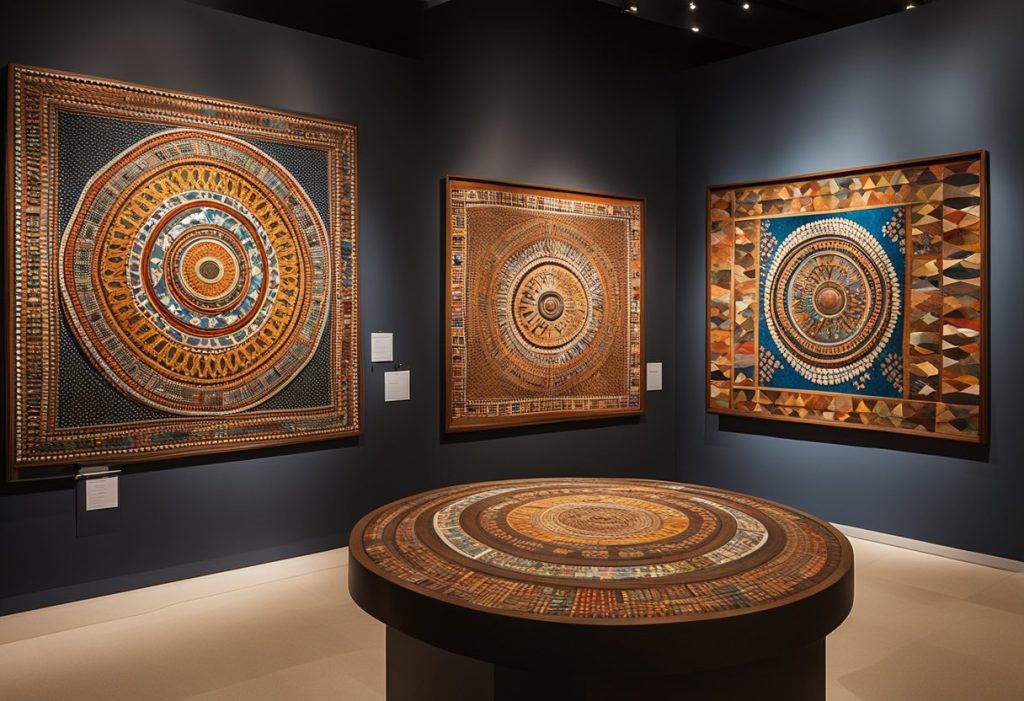South America, a continent brimming with diverse indigenous cultures, has been a fertile ground for artistic expression that transcends mere aesthetics. Indigenous art forms of this region are deeply rooted in tradition, spirituality, and a profound connection with nature. From the intricate weavings of the Andes to the captivating ceramics of the Amazon, these art forms have withstood the test of time, serving as a testament to the resilience and creativity of the region’s indigenous communities.
In this article, we will embark on a journey through the rich tapestry of indigenous art forms in South America, exploring their significance, techniques, and the stories they convey. We will also delve into the preservation efforts aimed at safeguarding these cultural treasures for future generations.
The Weavers of the Andes
The Andean region, stretching across various countries like Peru, Bolivia, Ecuador, and Chile, is renowned for its vibrant textile traditions. The indigenous weavers of this region have mastered the art of transforming wool, cotton, and alpaca fibers into intricate tapestries and garments that are not only functional but also hold deep symbolic meaning.
One of the most renowned Andean weaving techniques is the backstrap loom, a simple yet ingenious device that has been used for centuries. With this loom strapped around the weaver’s back, they create intricate patterns and designs that often depict scenes from daily life, mythological stories, or geometric shapes with spiritual significance.
Read Also: Discover the Captivating World of Indigenous Art Forms
The Ceramics of the Amazon
Venture into the heart of the Amazon rainforest, and you will discover a rich tradition of ceramics that dates back thousands of years. The indigenous potters of this region have mastered the art of transforming clay into functional vessels, sculptures, and decorative pieces that are both aesthetically pleasing and culturally significant.
One of the most remarkable aspects of Amazonian ceramics is the intricate designs and motifs that adorn their surfaces. These designs often depict animals, plants, and geometric patterns that hold deep symbolic meaning and are believed to imbue the objects with spiritual power.
Read Also: Unraveling the Mysteries of Amazonian Ceramics
The Body Adornments of the Indigenous Peoples
Body adornments have long been a cherished art form among the indigenous peoples of South America. From intricate body paintings to elaborate feather headdresses, these adornments serve as a means of self-expression, spiritual connection, and cultural identity.
One of the most striking examples of body adornment is the jaguar teeth necklaces worn by the Shuar people of Ecuador and Peru. These necklaces, crafted from the teeth of the powerful jaguar, are not only visually striking but also hold deep spiritual significance, representing strength, courage, and a connection to the natural world.
Read Also: The Art of Body Adornment: Indigenous Traditions Unveiled
Preservation Efforts and Challenges
Despite the rich cultural heritage represented by these indigenous art forms, many face the threat of erosion and extinction due to various factors such as globalization, urbanization, and a lack of awareness and appreciation. However, concerted efforts are being made by indigenous communities, governments, and organizations to preserve and promote these art forms.
One such initiative is the establishment of museums and cultural centers dedicated to showcasing and educating visitors about indigenous art. These institutions not only serve as repositories of knowledge but also provide a platform for artists to continue their traditions and pass them on to future generations.
Read Also: Preserving the Threads of Tradition: Indigenous Weaving Techniques
| Art Form | Region | Techniques | Symbolism |
|---|---|---|---|
| Weaving | Andes | Backstrap loom, natural dyes | Daily life, mythology, geometric patterns |
| Ceramics | Amazon | Coiling, burnishing, painting | Animals, plants, spiritual symbols |
| Body Adornments | Various | Body painting, featherwork, beadwork | Spiritual connection, cultural identity |
In addition to preservation efforts, there is a growing movement to promote and celebrate indigenous art forms through exhibitions, fashion collaborations, and cultural exchanges. By raising awareness and appreciation for these art forms, we can not only honor the rich cultural heritage of South America but also ensure that these traditions continue to thrive and inspire future generations.
Read Also: Fashion Meets Tradition: Indigenous Art Forms on the Runway
As we conclude our journey through the vibrant world of indigenous art forms in South America, it is important to recognize the profound impact these artistic expressions have had on the region’s cultural landscape. More than mere aesthetic creations, these art forms serve as a bridge between the past and the present, connecting us to the rich tapestry of indigenous traditions and worldviews.
By embracing and celebrating these art forms, we not only honor the creativity and resilience of indigenous communities but also contribute to the preservation of a cultural heritage that belongs to all of humanity. Let us continue to support and uplift these artistic expressions, ensuring that the vibrant colors, intricate patterns, and profound symbolism of indigenous art forms remain an enduring testament to the diversity and richness of South American culture.

